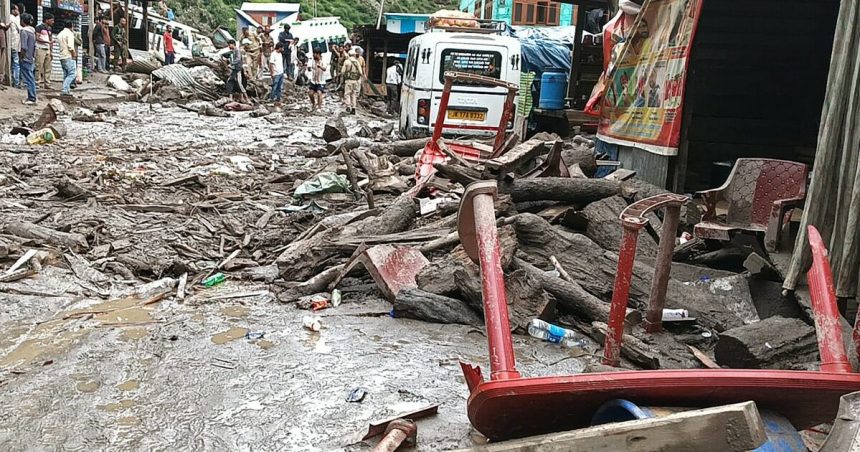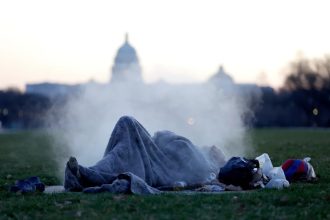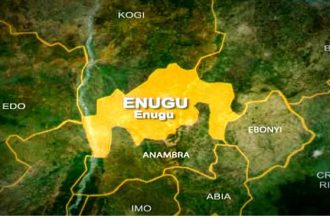At least 56 people have died and dozens more remain missing after torrents of water and mud driven by intense rain crashed through a Himalayan village Thursday in Indian-administered Kashmir, a top disaster management official told AFP.
It is the second major deadly flooding disaster in India this month.
“The news is grim,” Kashmir Chief Minister Omar Abdullah said in a statement, reporting a “cloudburst” of heavy rain that had hit the Kishtwar district.
Crowds gathered at a hospital in Kishtwar, where people carried some of the injured on stretchers.
Mohammad Irshad, a top disaster management official, told AFP, “56 dead bodies were recovered” from the site before rescue efforts were halted for the night.
Irshad said 80 people were reported missing and 300 people were rescued, “50 of whom are severely injured” and were sent to nearby hospitals.
Local officials said the death toll from the devastating flood that damaged or washed away many homes was likely to rise.
Sushil Kumar, a resident of nearby Atholi village, told AFP: “I saw at least 15 dead bodies brought to the local hospital.”
Pankaj Kumar Sharma, district commissioner of Kishtwar, said earlier that “there are chances of more dead bodies being found”.
Chisoti village, where the disaster struck, is located on a Hindu pilgrimage route to the Machail Mata shrine.
Officials said a large makeshift kitchen where there were more than 100 pilgrims — who were not registered with local authorities — was completely washed away.
Rescue teams were facing difficulty reaching the area, and soldiers also joined the effort.
The region’s weather department has issued an alert for more heavy rain and floods, asking residents to remain vigilant.
Roads had already been damaged by days of heavy storms. The area lies more than 200 kilometres (125 miles) by road from the region’s main city, Srinagar.
“Every possible assistance will be provided to those in need,” Prime Minister Narendra Modi said.
Floods on August 5 overwhelmed the Himalayan town of Dharali in India’s Uttarakhand state and buried it in mud. The likely death toll from that disaster is more than 70, but it has yet to be confirmed.
Floods and landslides are common during the monsoon season from June to September, but experts say climate change, coupled with poorly planned development, is increasing their frequency and severity.
The UN’s World Meteorological Organisation said last year that increasingly intense floods and droughts are a “distress signal” of what is to come as climate change makes the planet’s water cycle ever more unpredictable.









